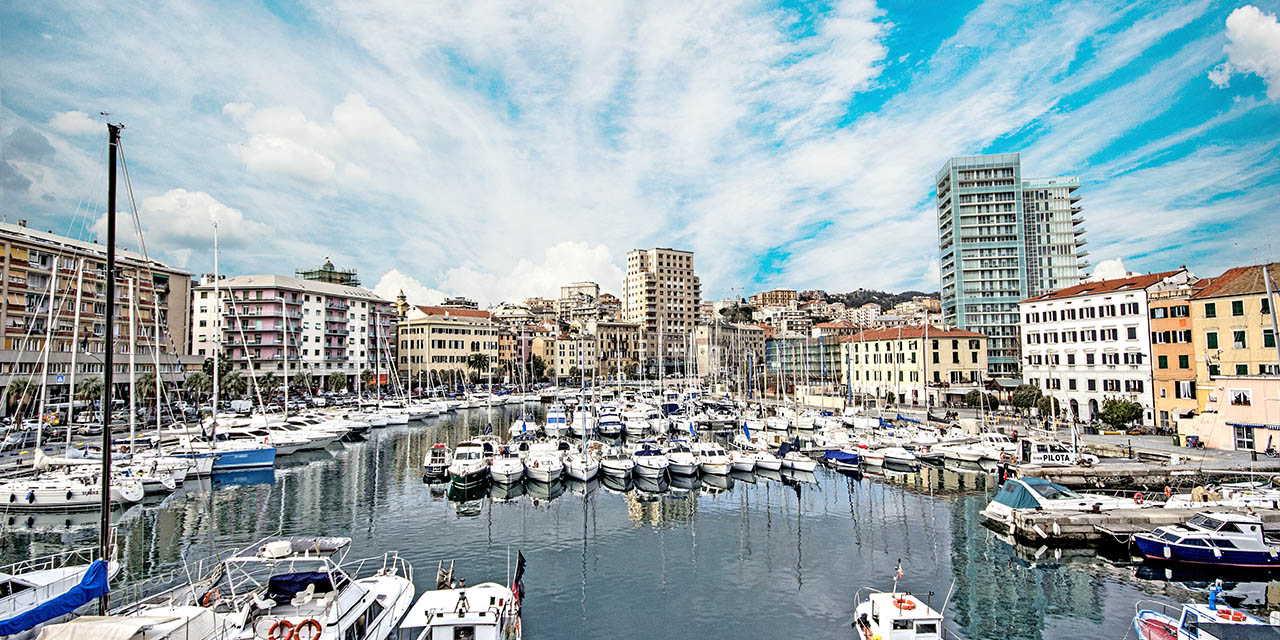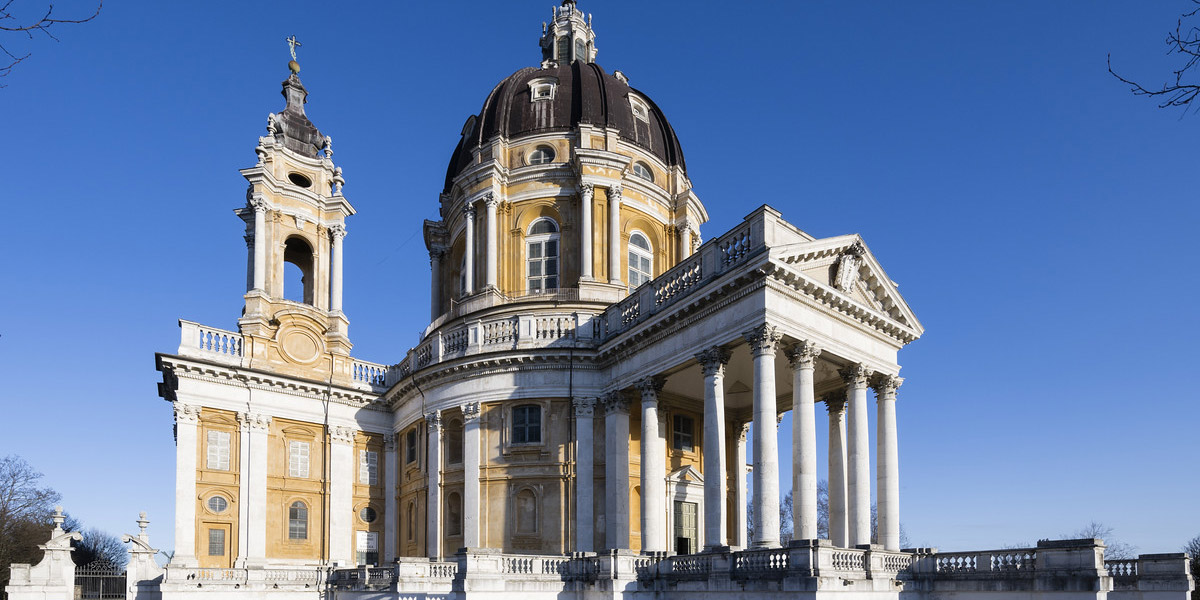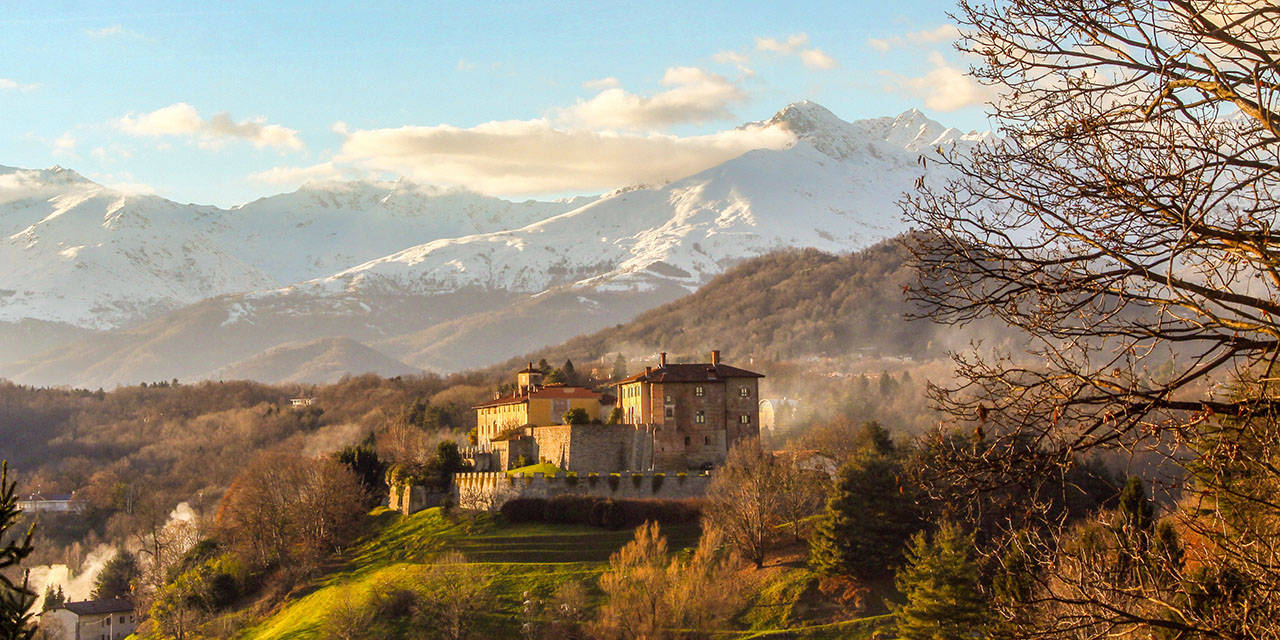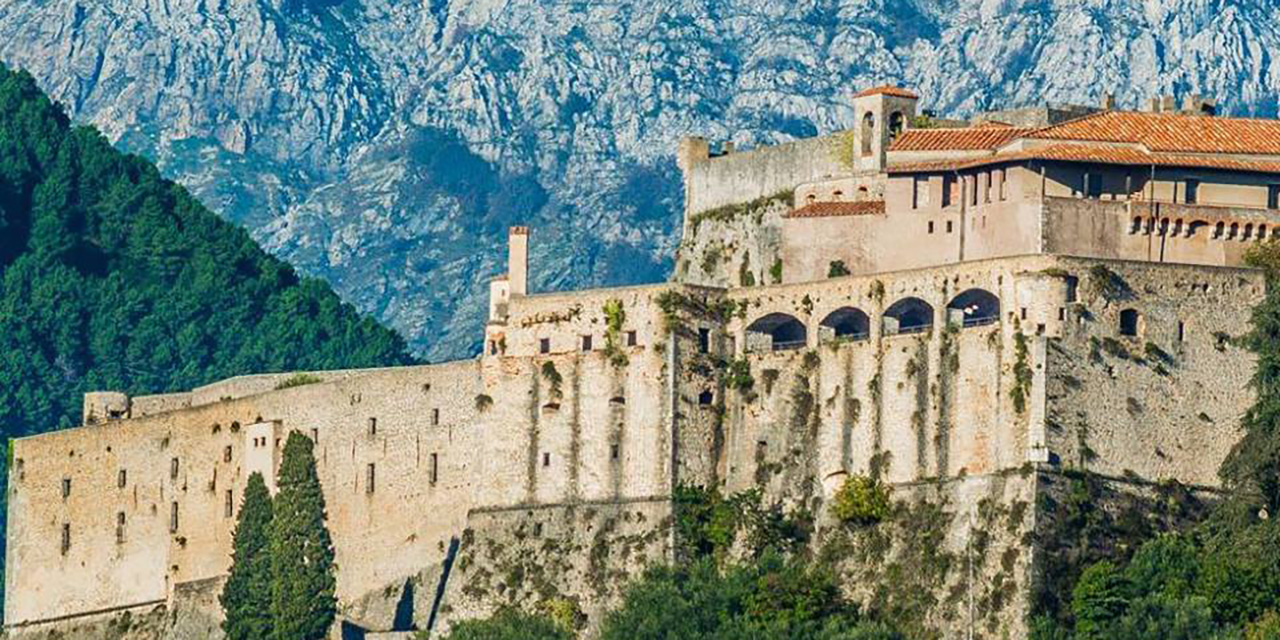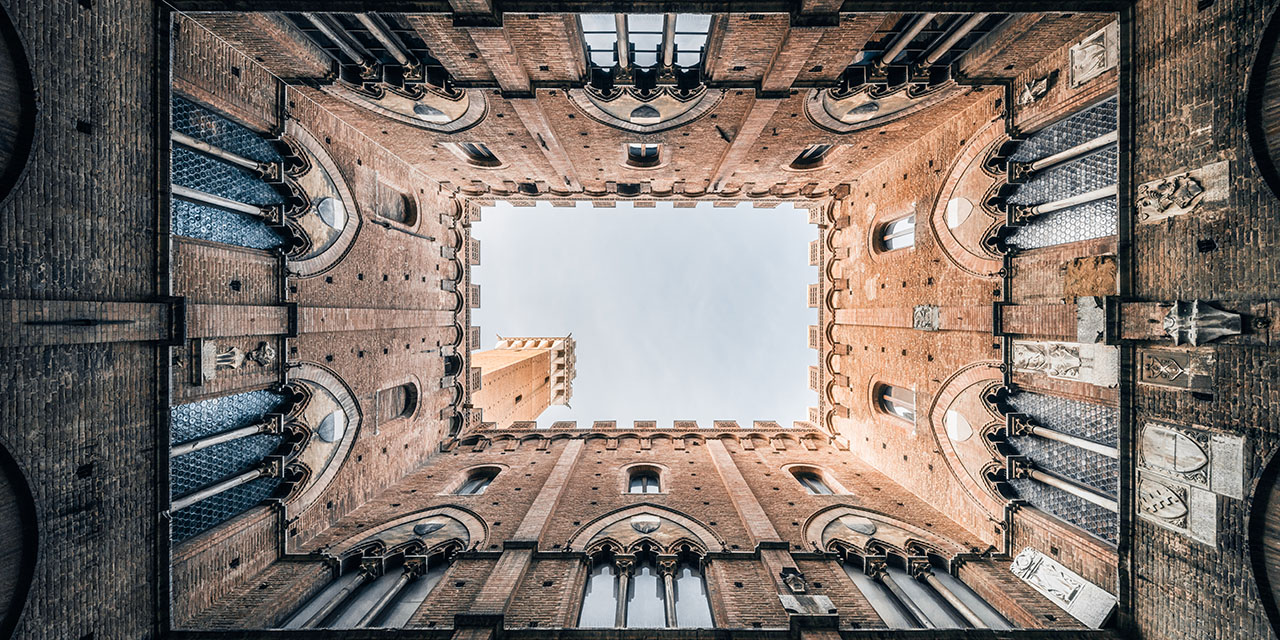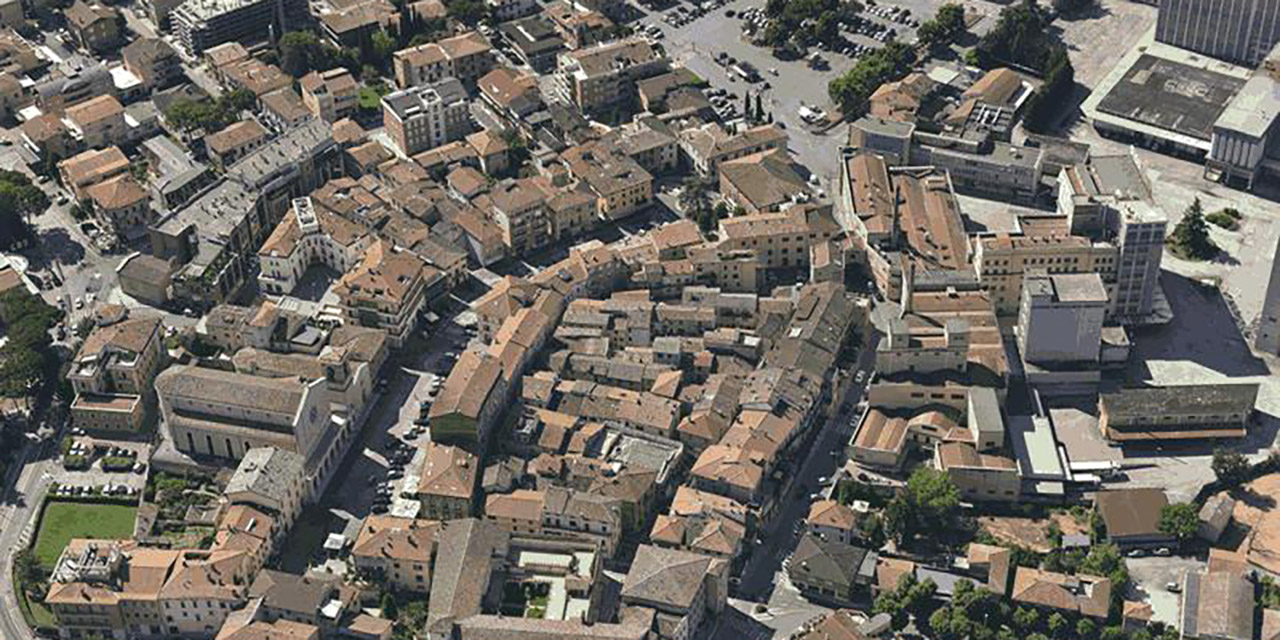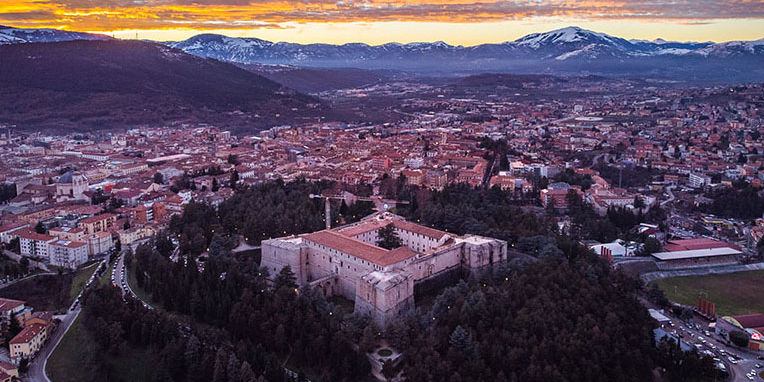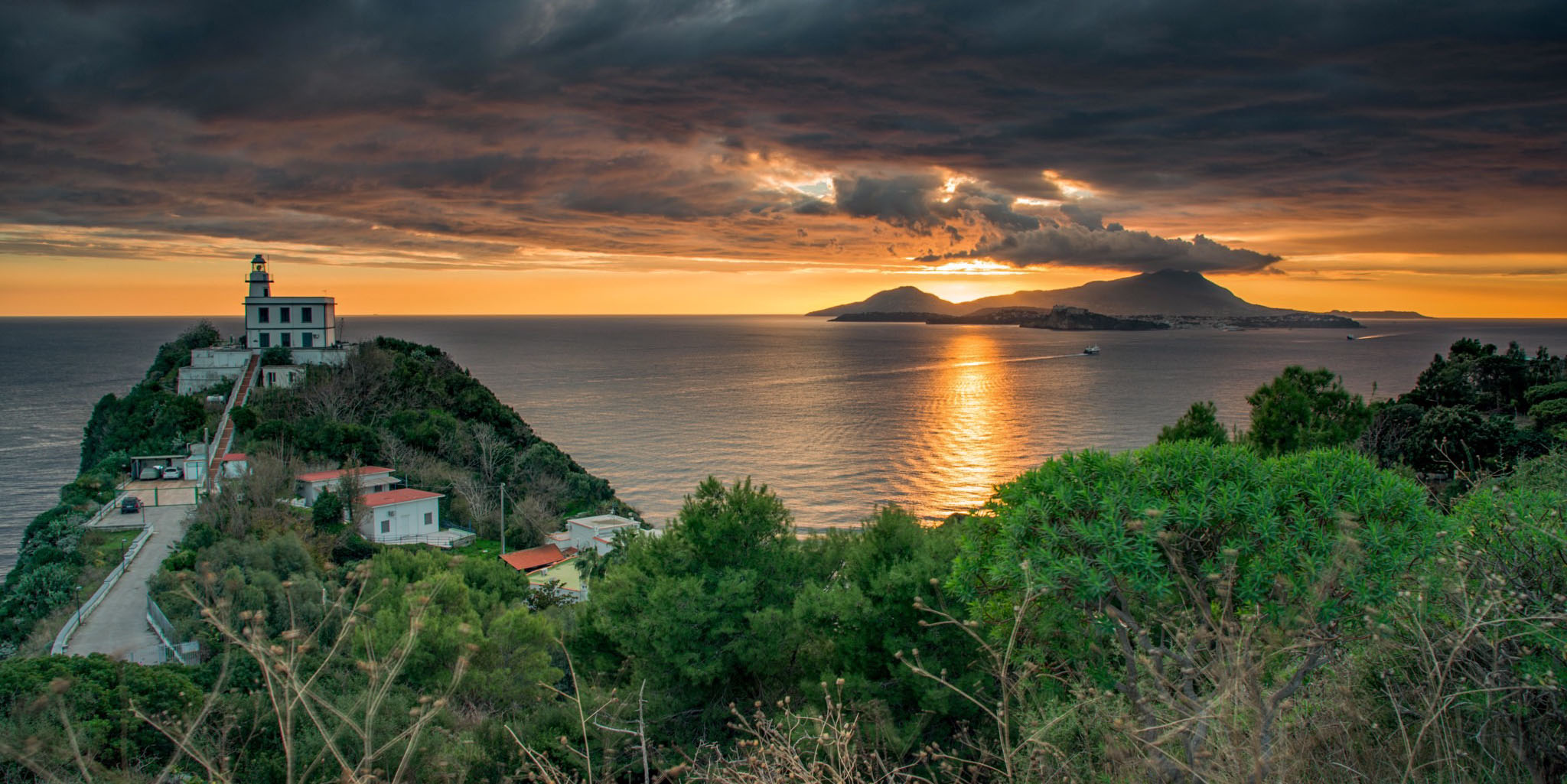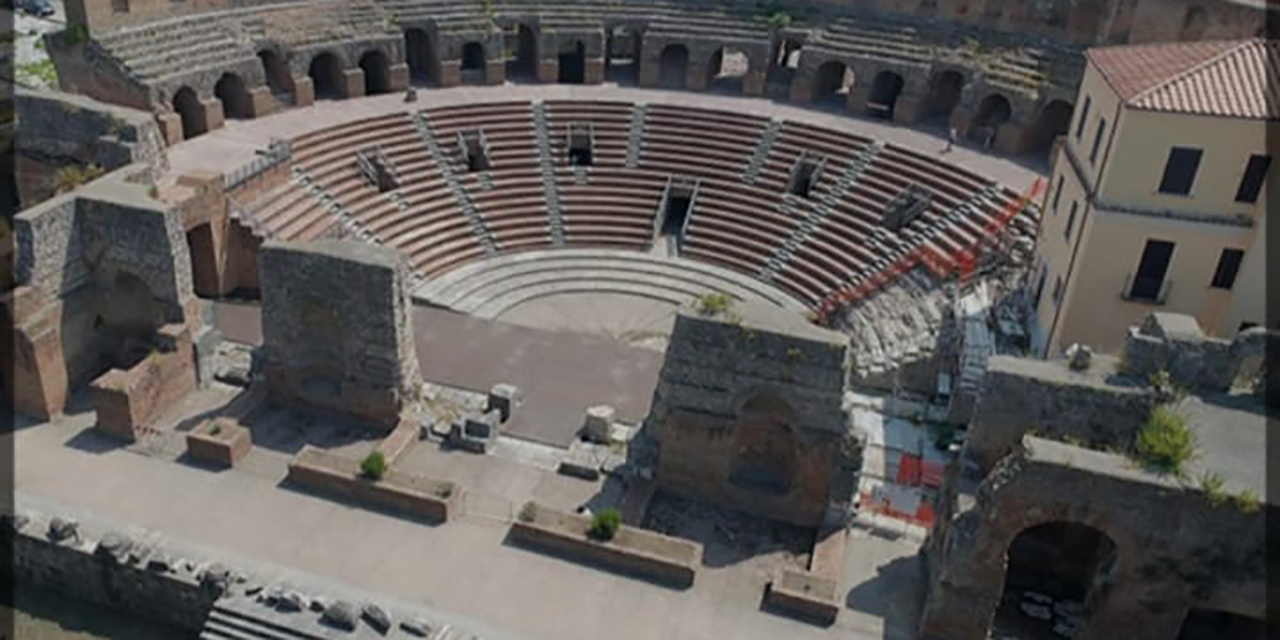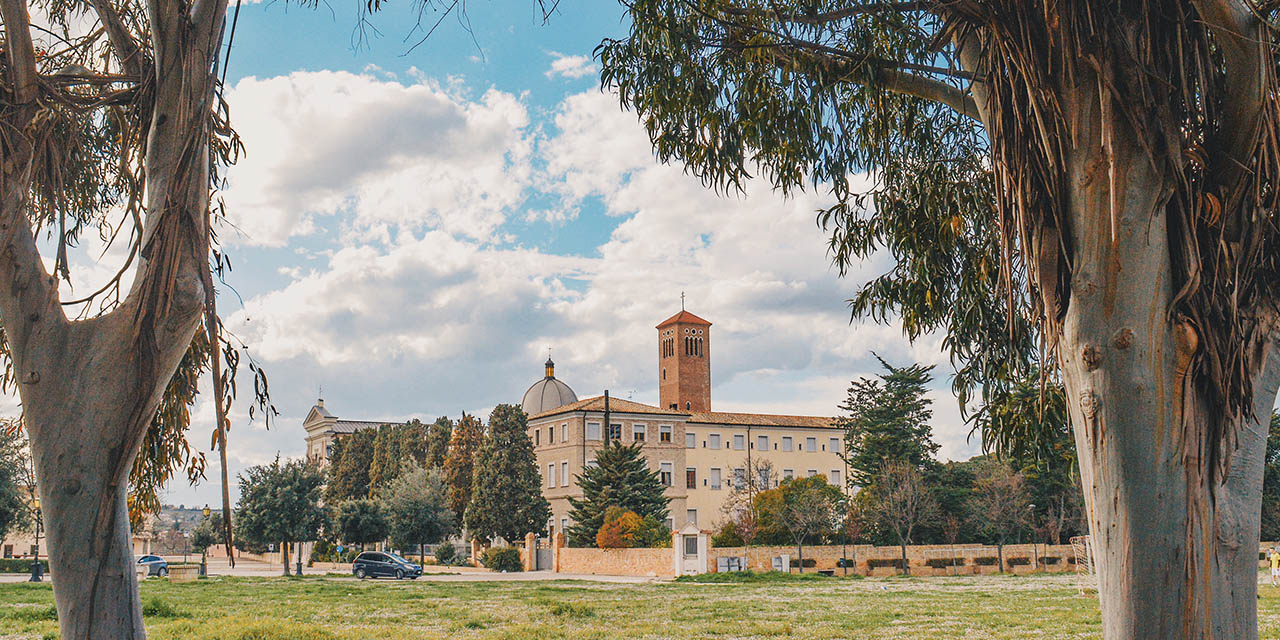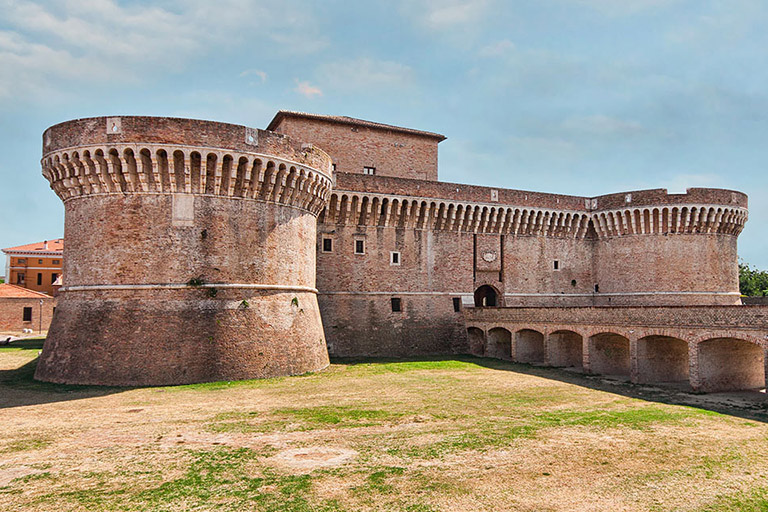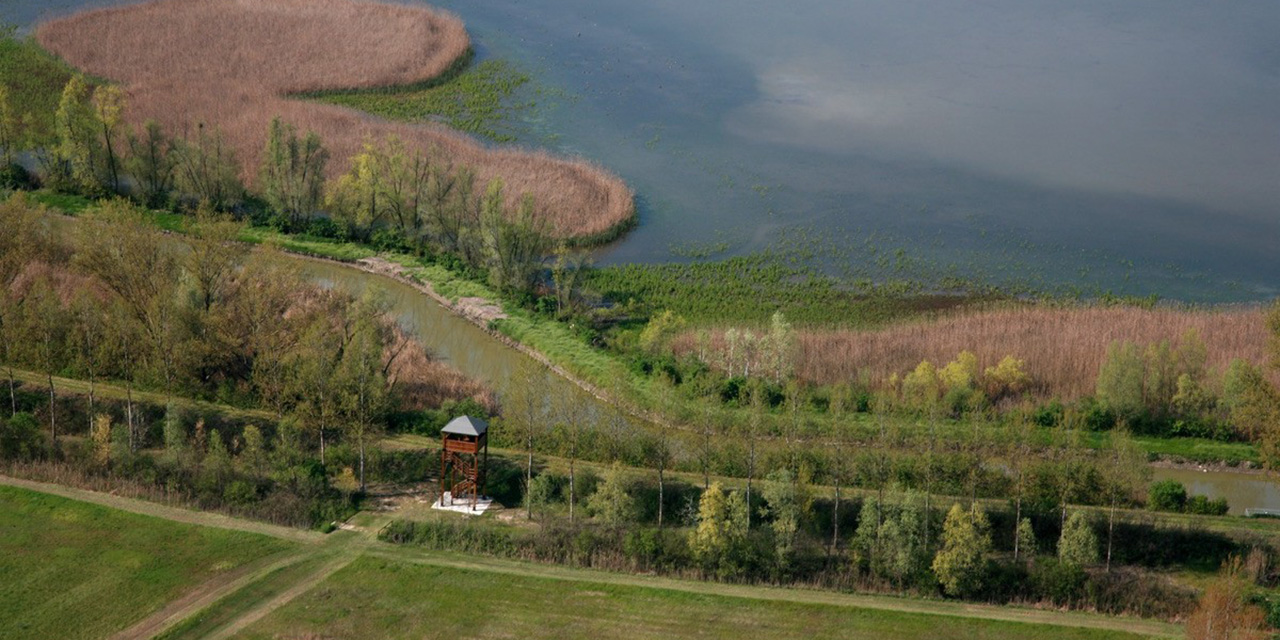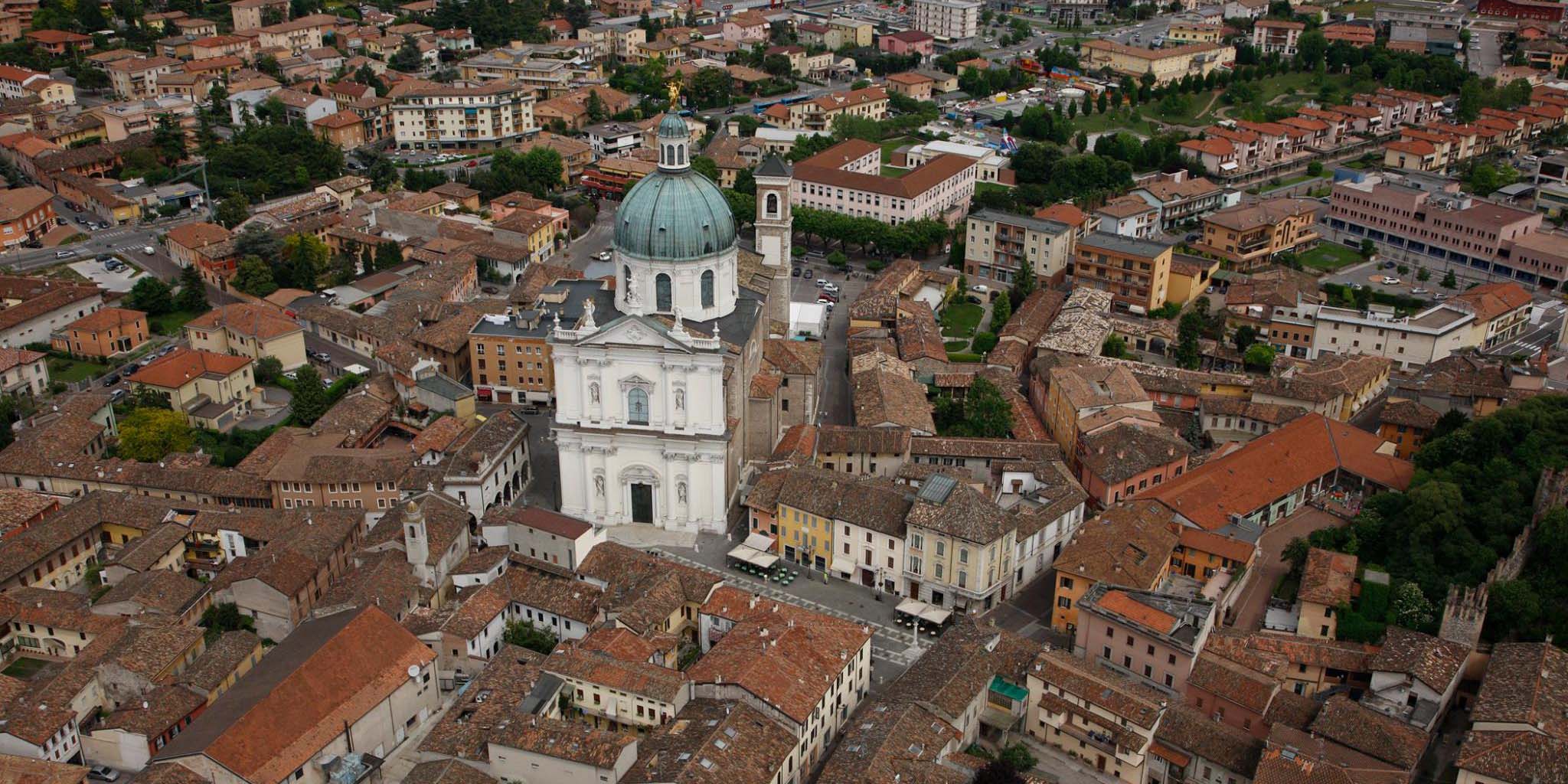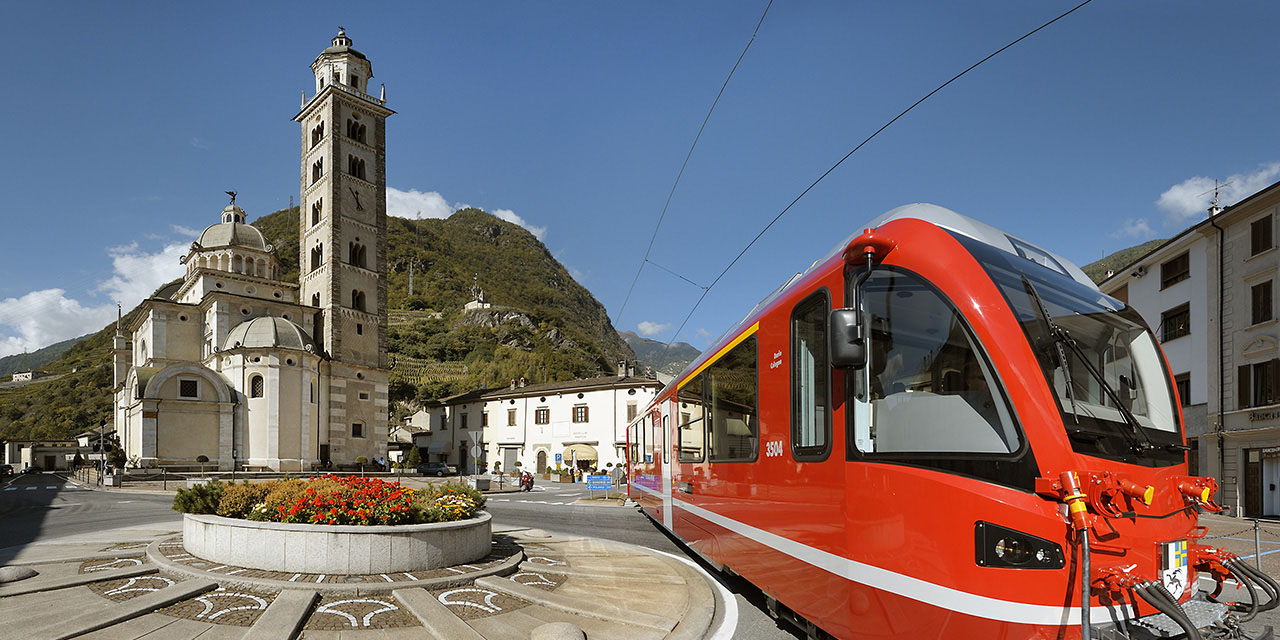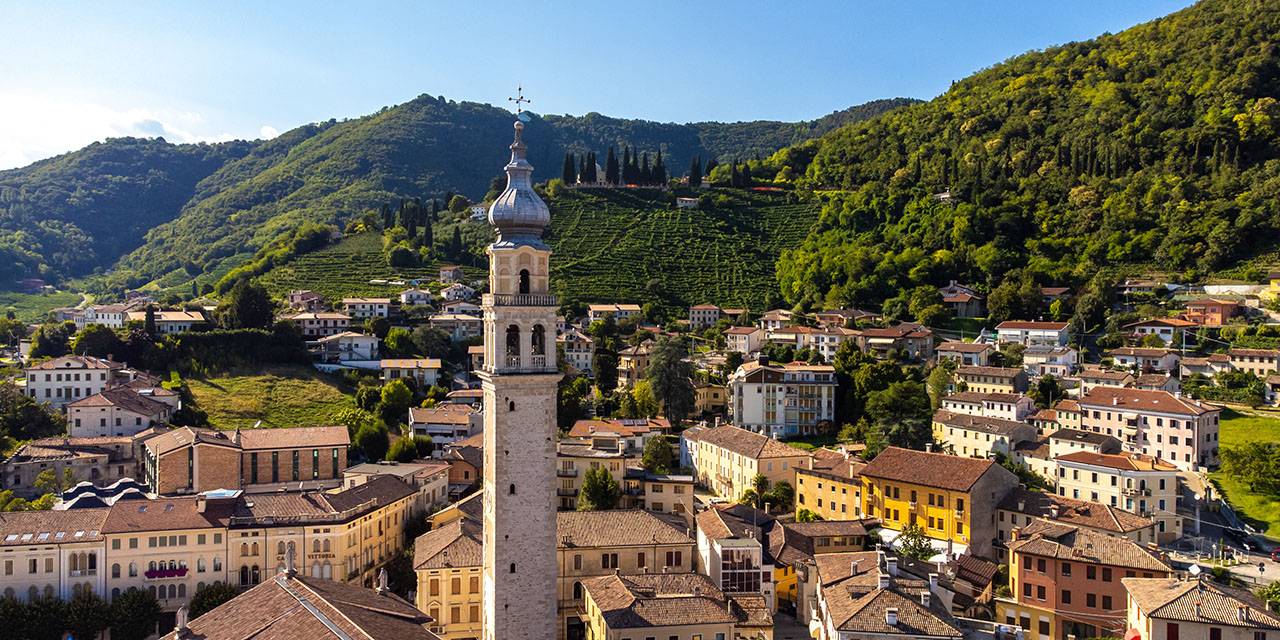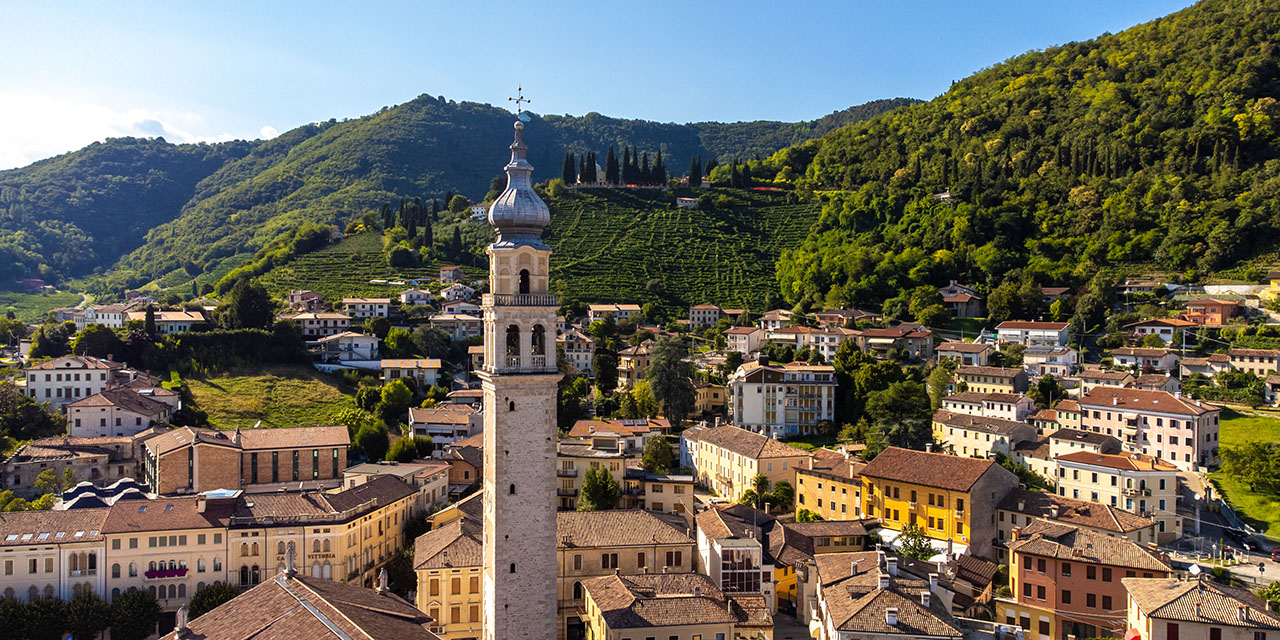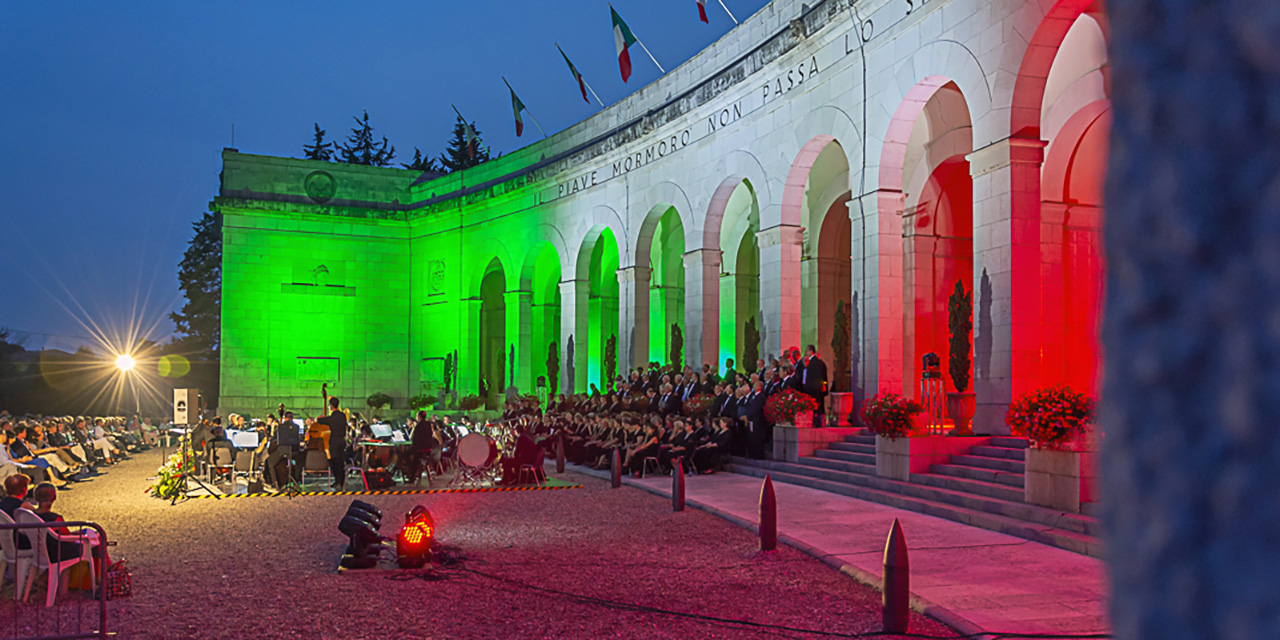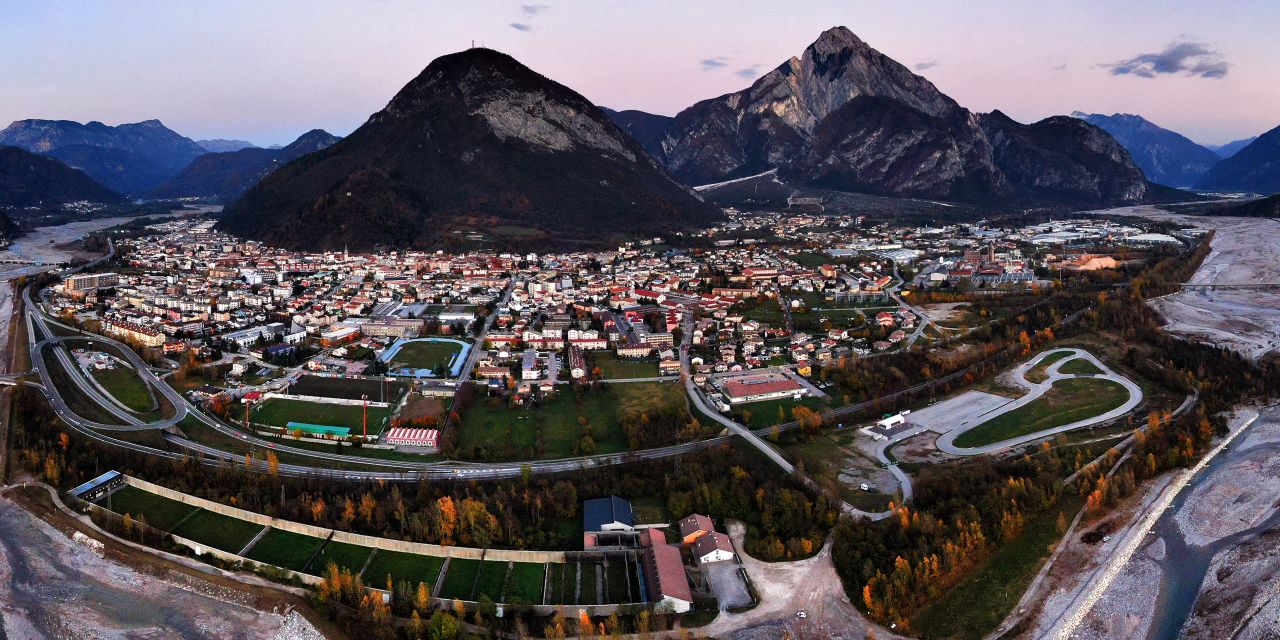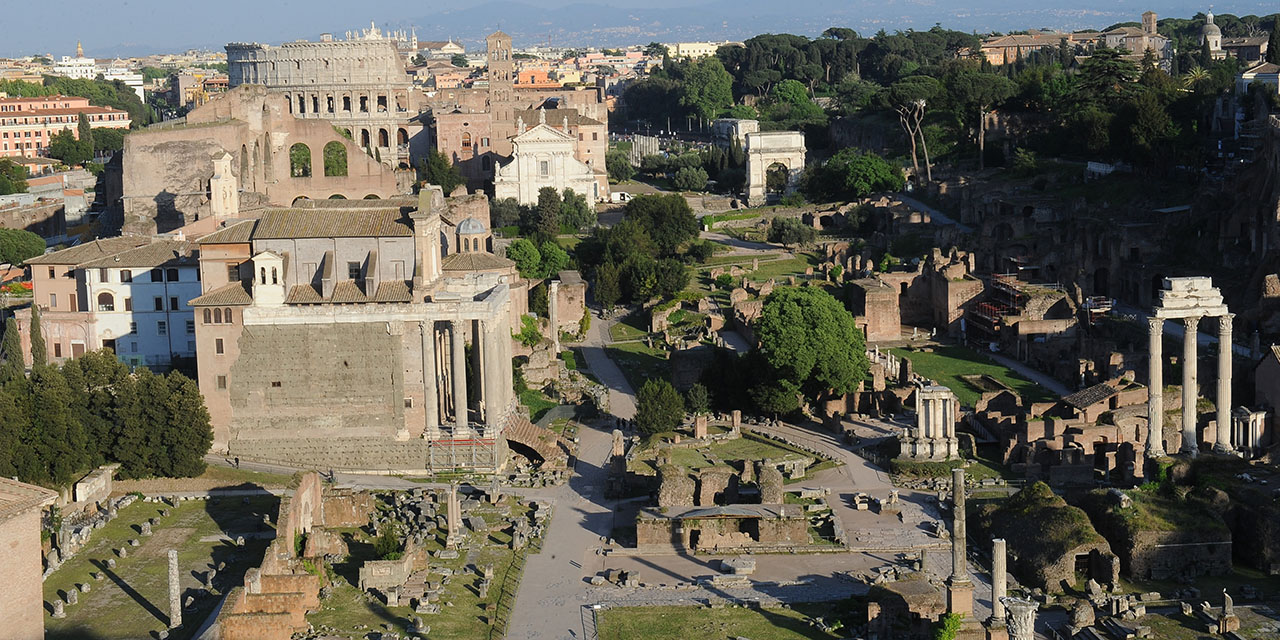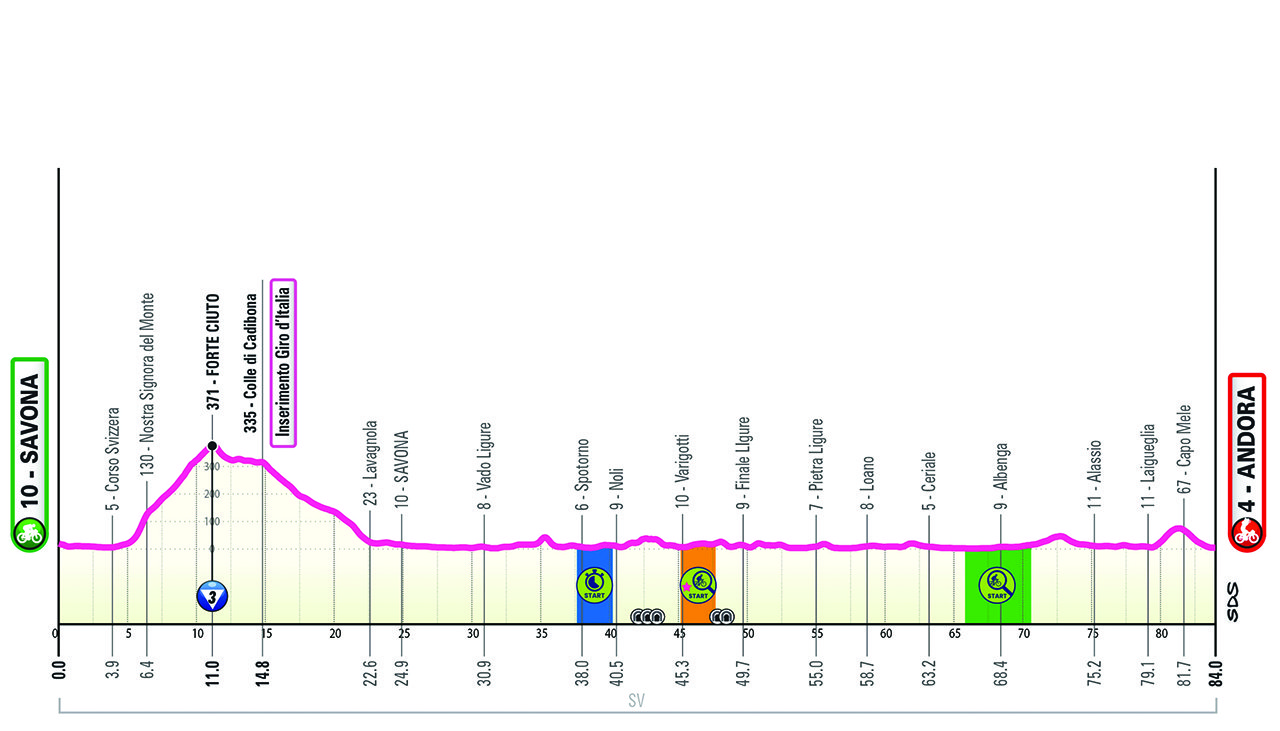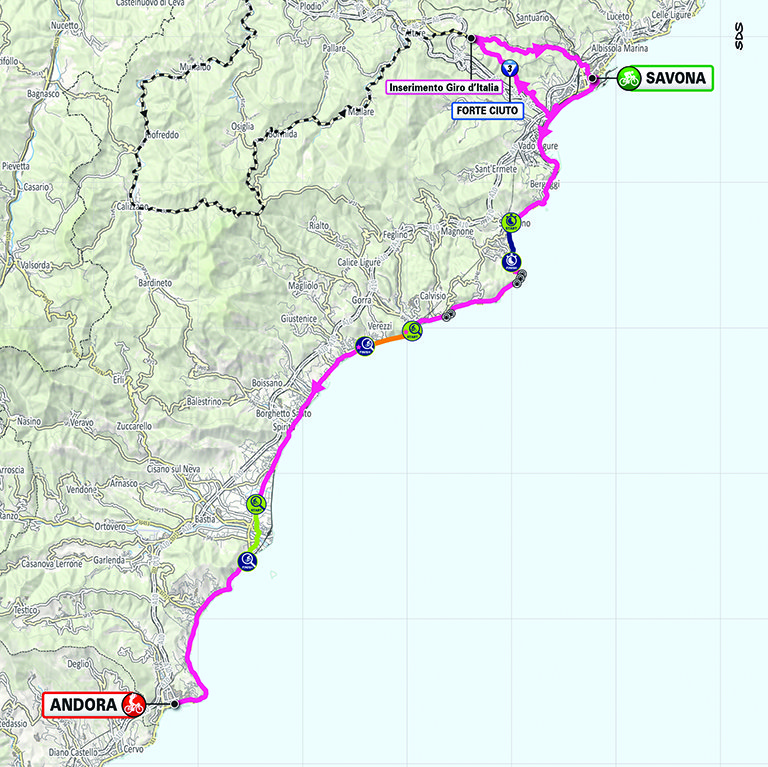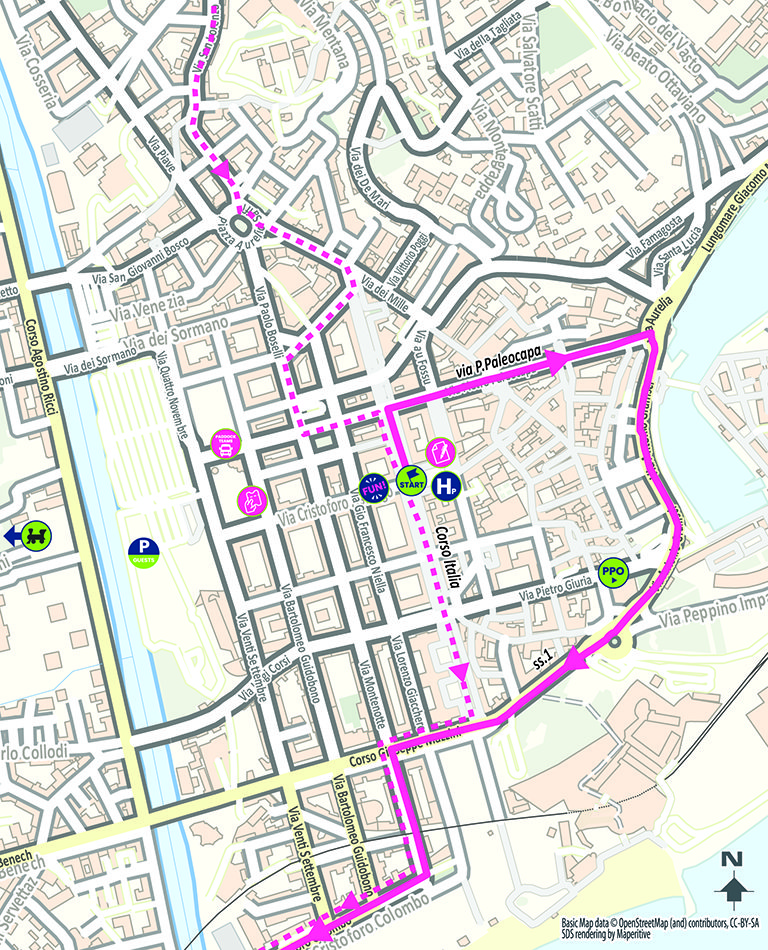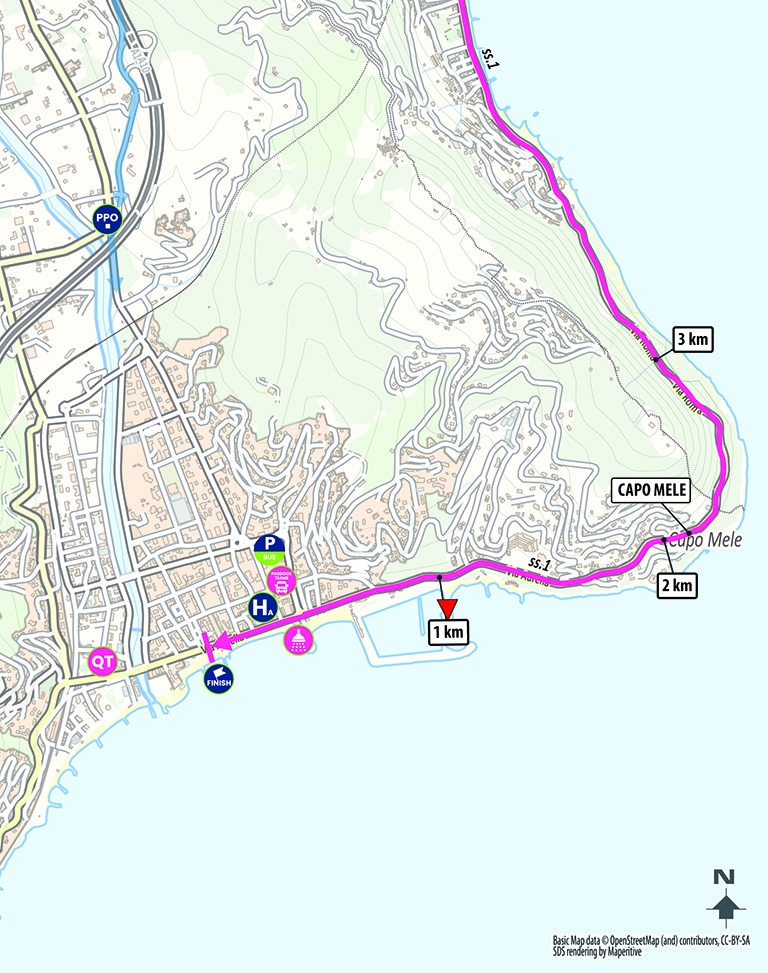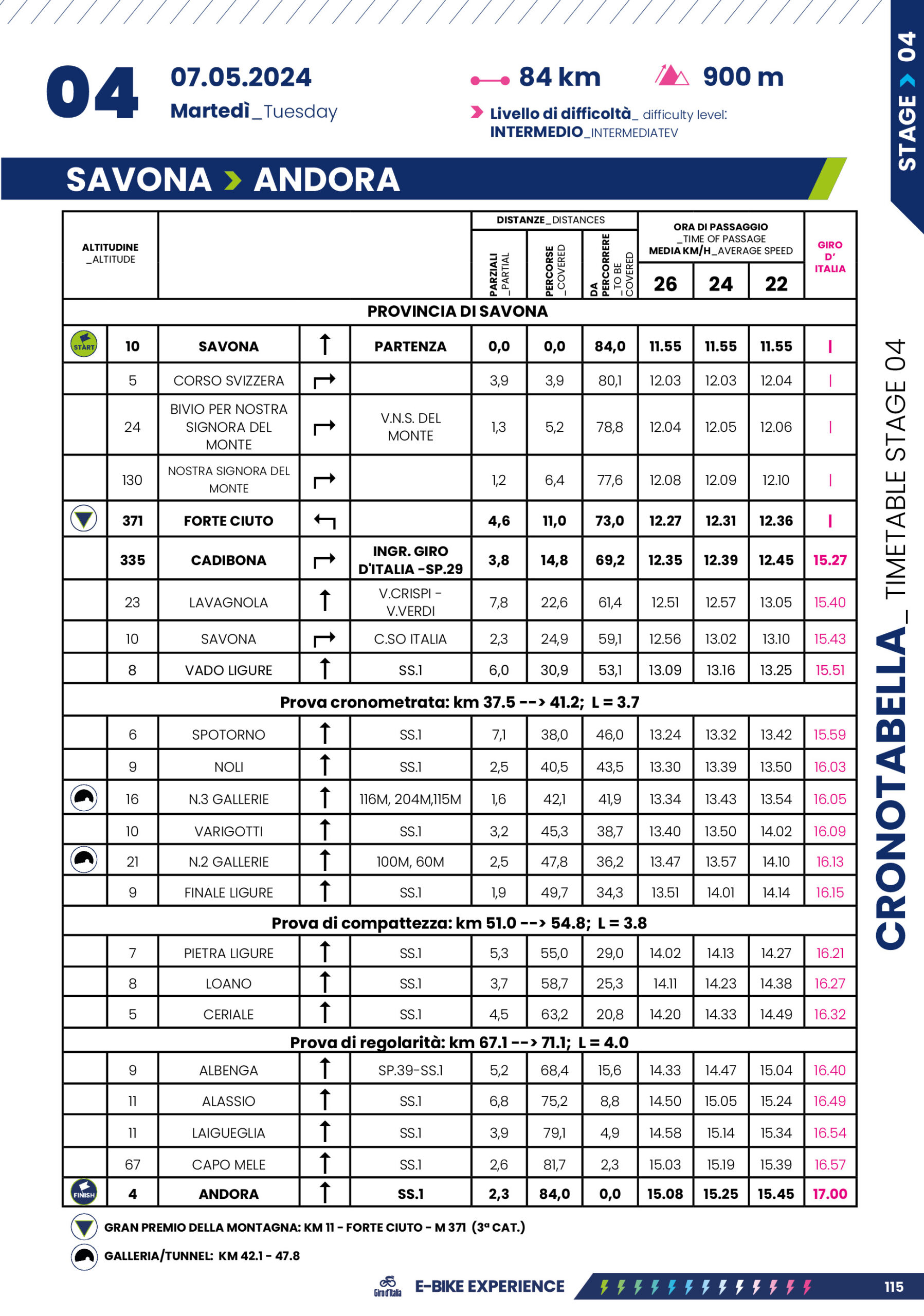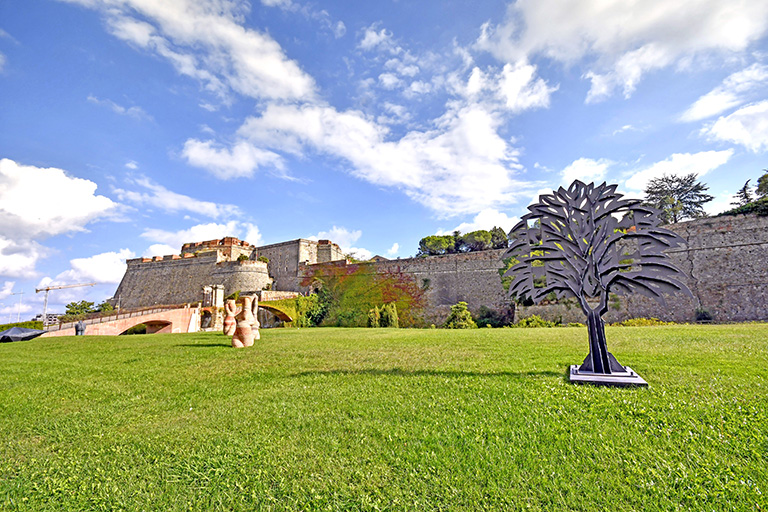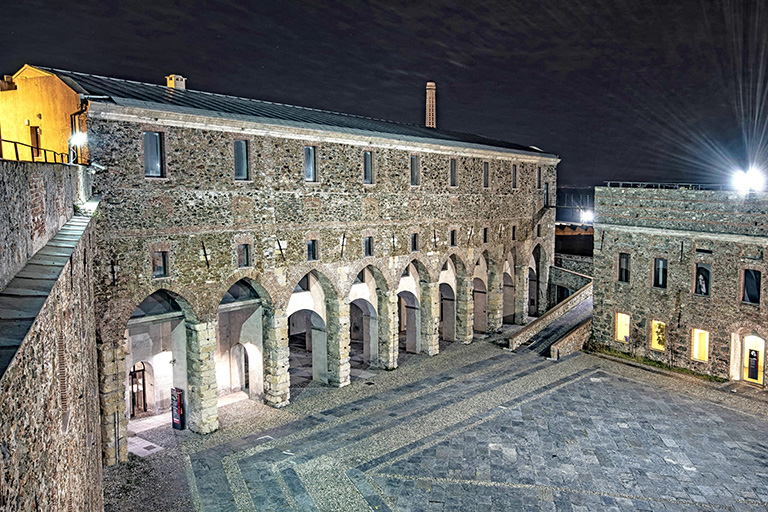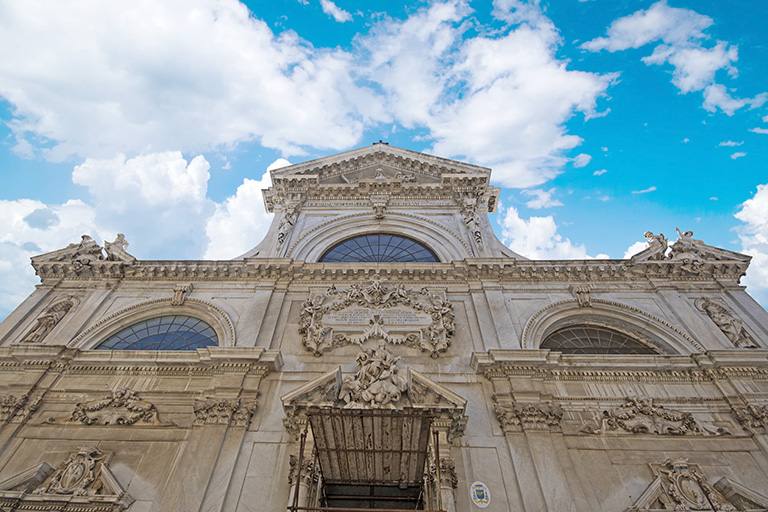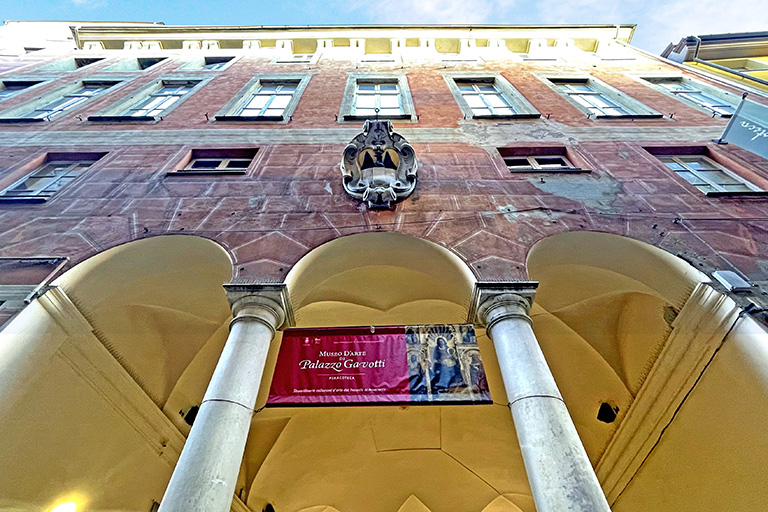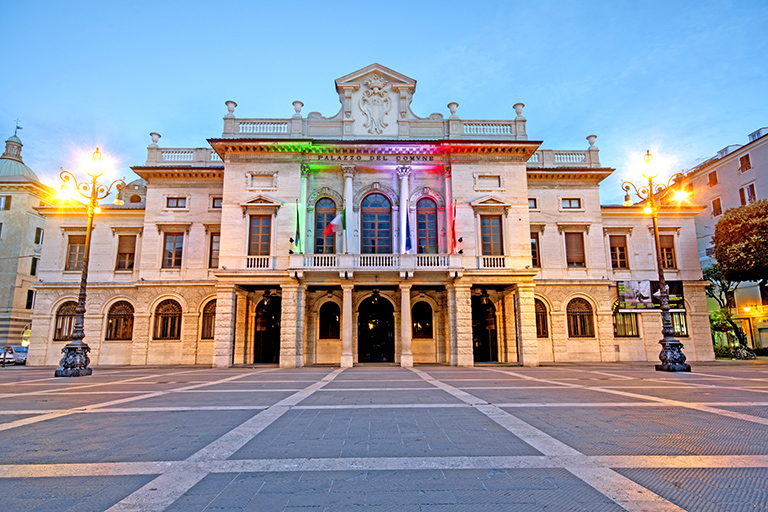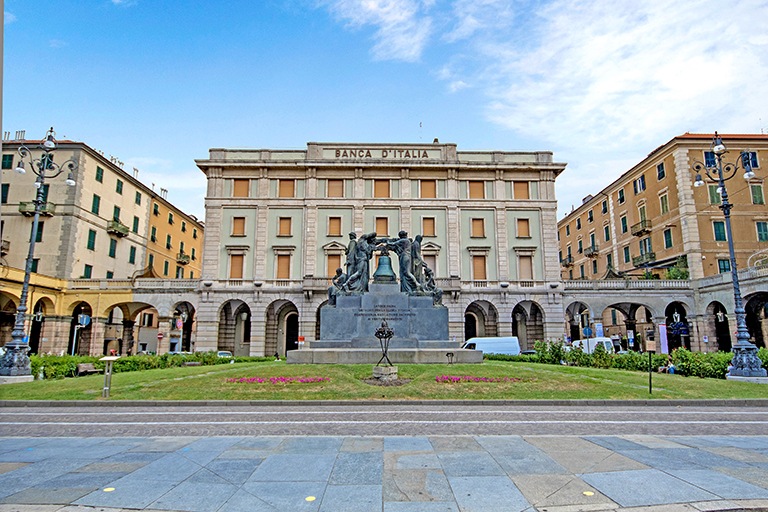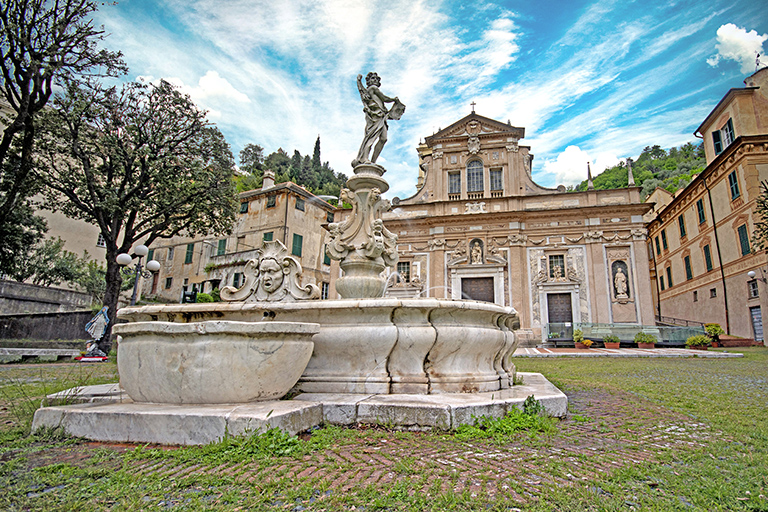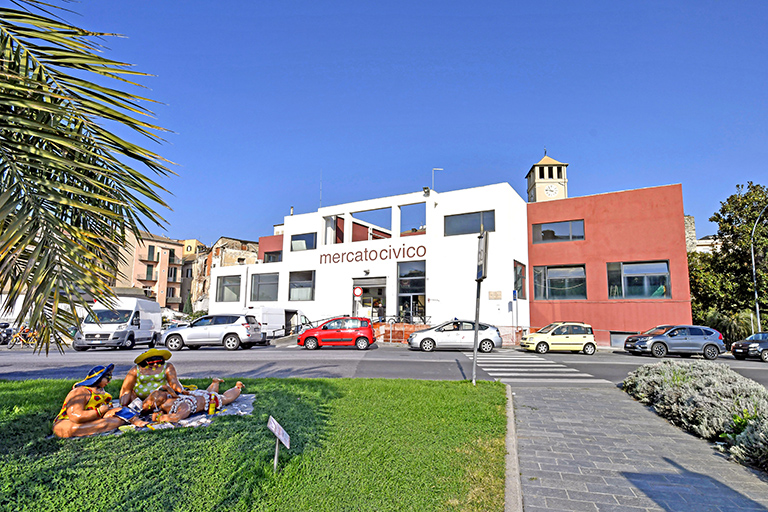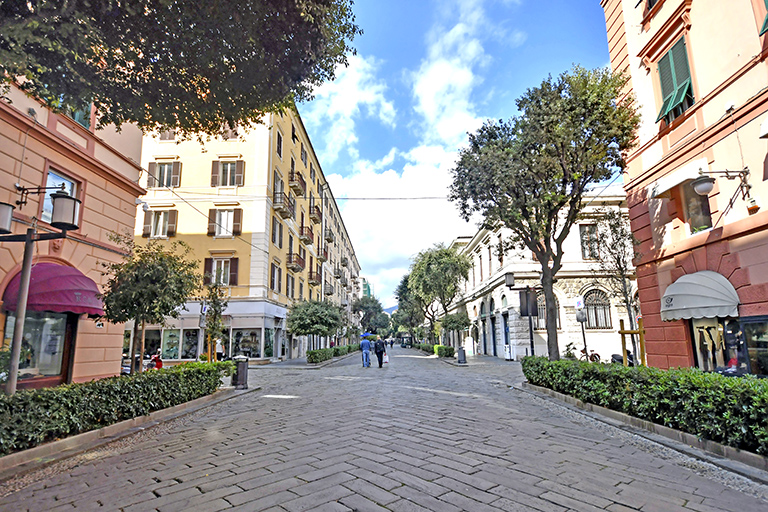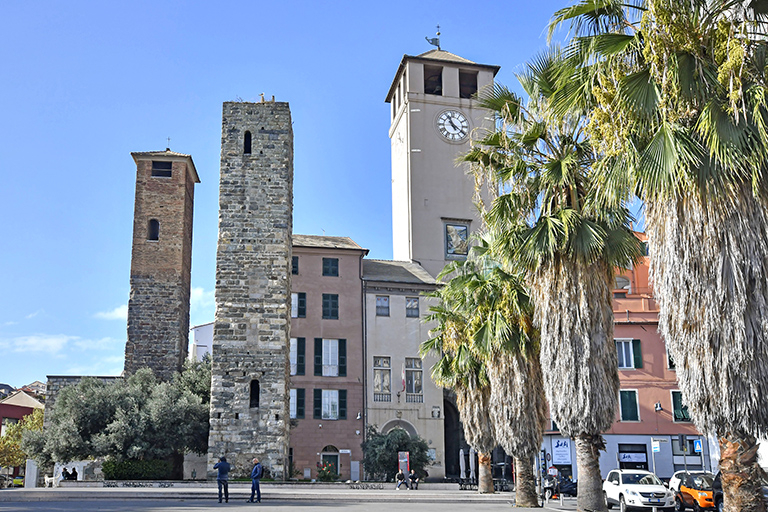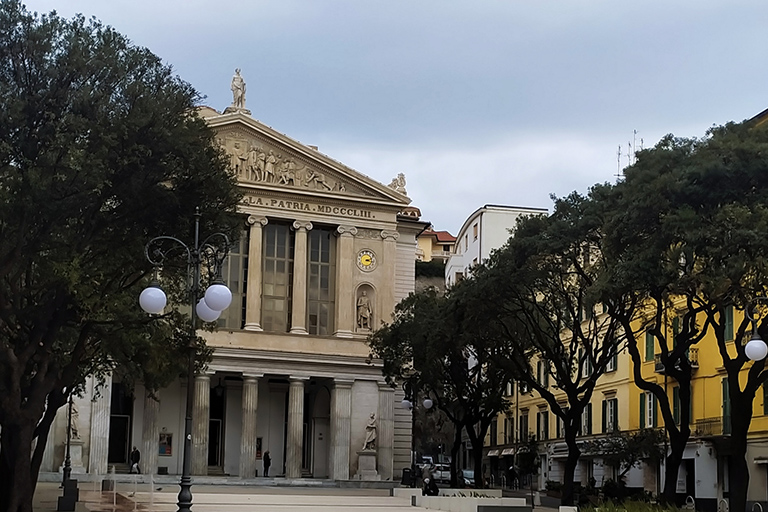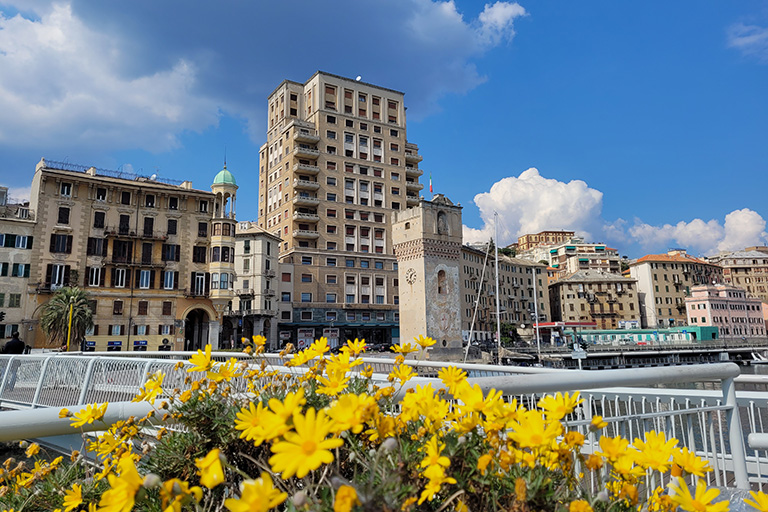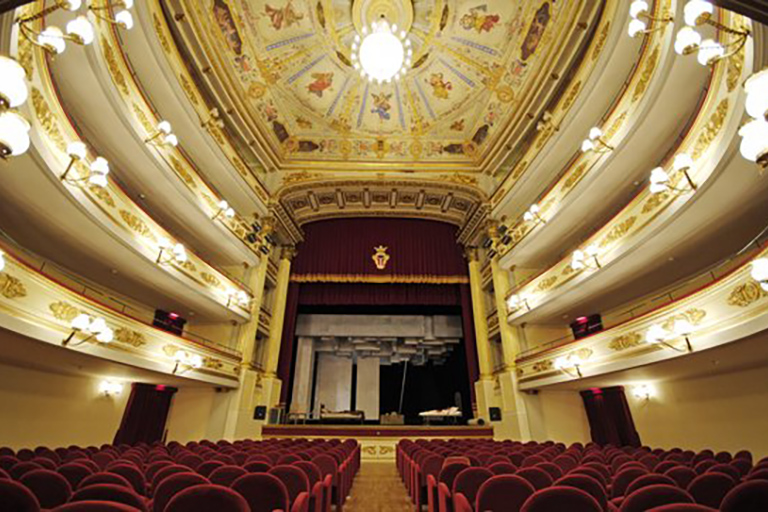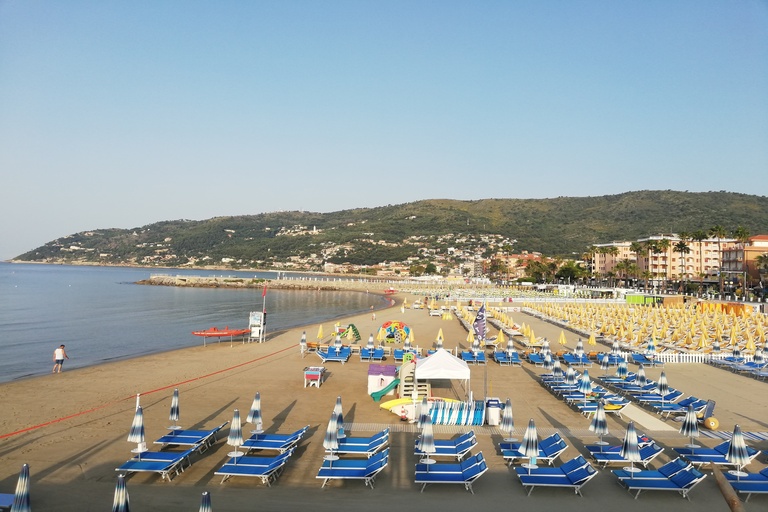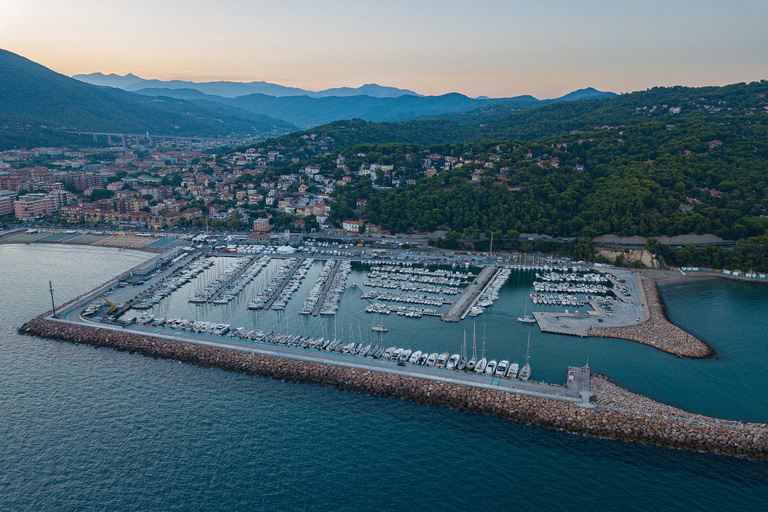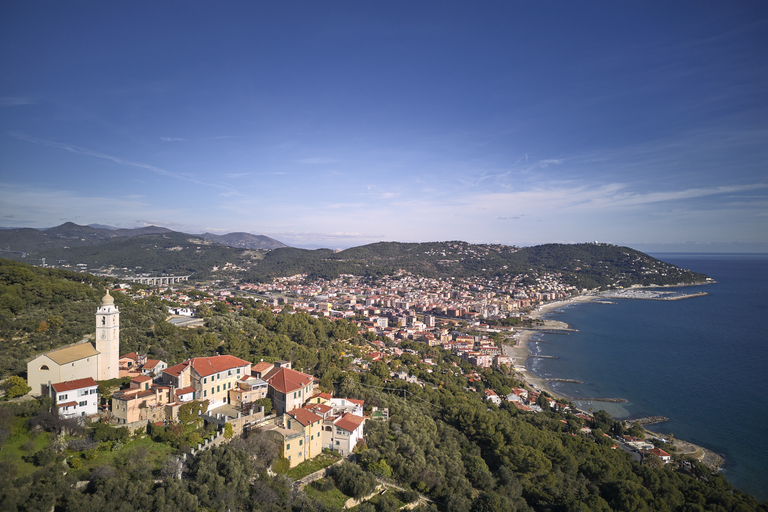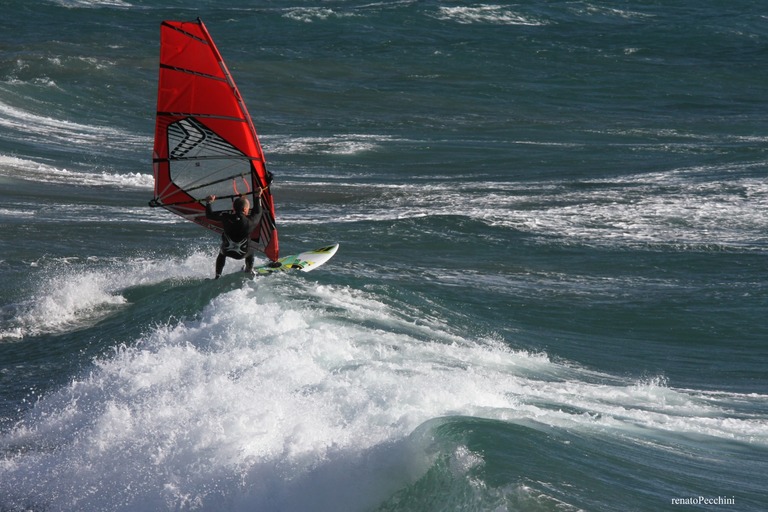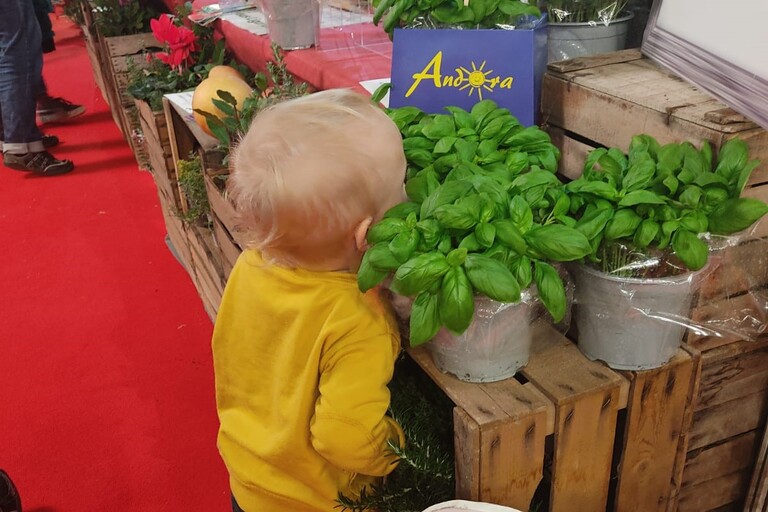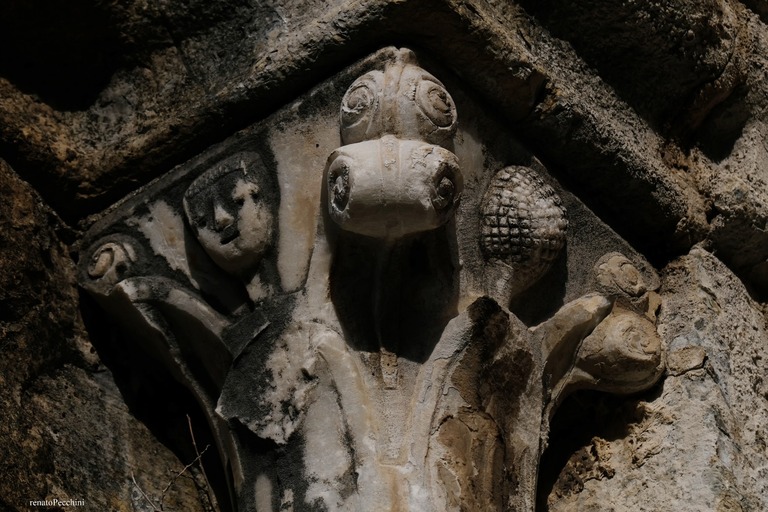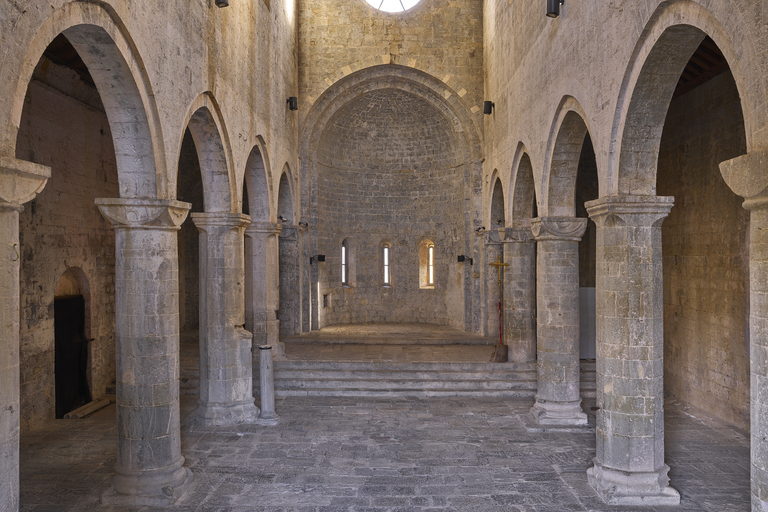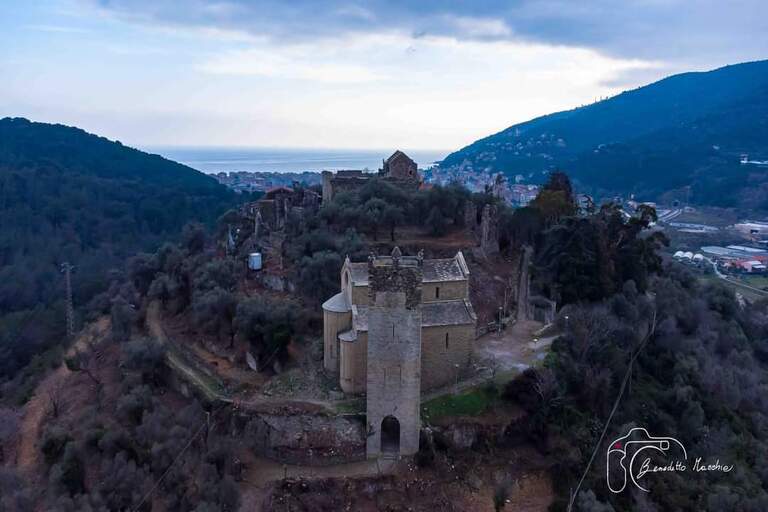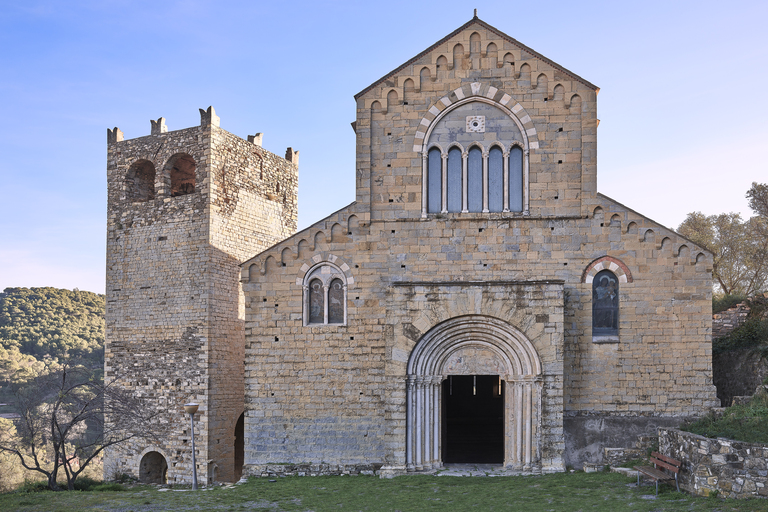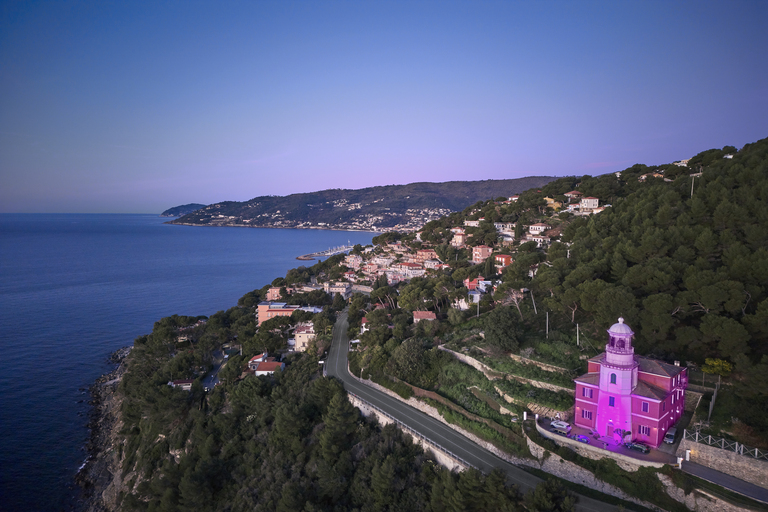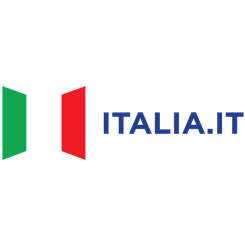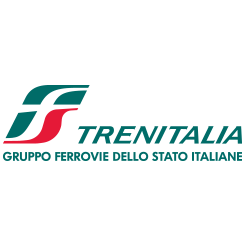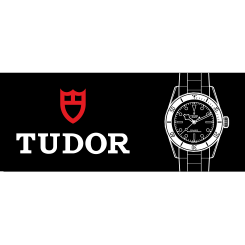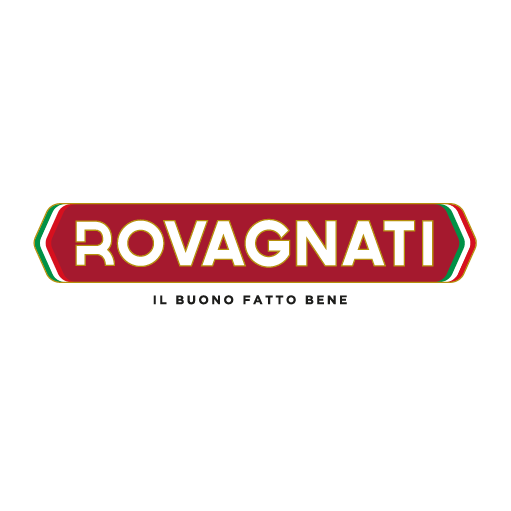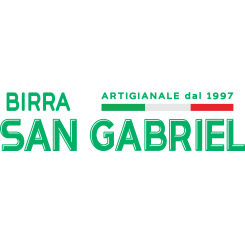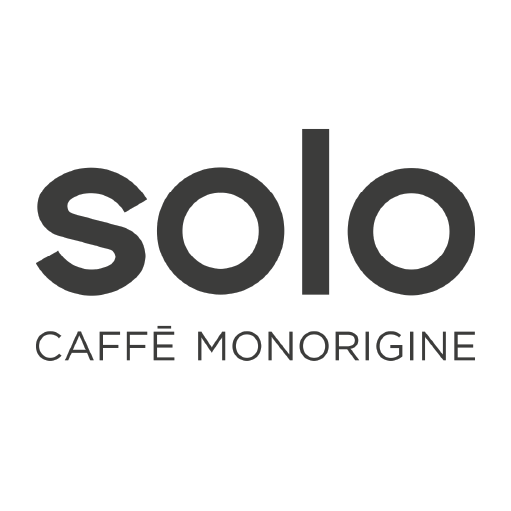profile
map
start / finish
itinerary timetable
tourist info
Host city:
Savona
Overview
Savona is a seaport on the Ligurian Sea and is one of the four major cities in the Liguria region.
Geographically, Savona is very well positioned: it is the leading port of the Italian cruise line Costa Crociere, it is only half an hour away from Genoa Airport and less than two hours away from Turin and Milan airports.
Savona, also known as one of the “City of the Popes”, welcomes the visitor with its architectural monuments and beautiful churches. This seaside city can offer unforgettable experiences for lovers of sport and food and wine tourism, all under the banner of sustainability.
Savona is also called “City of the Popes” for the cultural and artistic heritage left by two great popes patrons of the Renaissance: Sixtus IV and Julius II, both from the influential Della Rovere family, that allowed the city to become so powerful economically and to be able to rival also militarily with Genoa and its allies.
Savona is linked to the story of another pope, Pius VII who, from 1809 to 1812 and again from February to March 1814, was taken prisoner by Napoleon, in the headquarters (the apartments of the Bishop’s Palace).
Another important character in the history of Savona is Giuseppe Mazzini, imprisoned in the prison of Priamar for the activity carried out in favor of the Carboneria, where he will formulate the idea of the Young Italy that he founded, then, in Marseille, in 1832.
Gastronomy
The local cuisine features a lot of flavour-rich dishes, revealing centuries-old traditions: white farinata, panissa and stockfish buridda are only some of the most exquisite dishes you can taste, while enjoying a wonderful sea view.
Panissa is one of the best loved street food in Savona and one of the most famous local Ligurian specialties. It should not be confused with chickpea farinata, which is different in shape and cooking method.
A well-balanced mixture of the three main ingredients (chickpea flour, water and salt) is cooked into a mush to be served as a cold dish, cubed and dressed simply with olive oil, lemon and onion at your own choice, or as oil fried tasty thin slices, called ‘tavelette/fette’ in dialect. The ‘fugassette’ are another variation to the main recipe: they are round, decorated with some round-shaped holes, fried in olive oil and lightly salted on top.
Fried Panissa slices can also be tasted stuffed in white wheat and flat bread rolls (similar to Pita bread): that’s the favourite snack or light lunch of Savonesi, Savona’s inhabitants, who always offer it to their guests or recommend it to tourists on the lookout for local specialties. One more tip: panissa is a gluten free and vegan product!
The ‘caruggi’ – the narrow alleys of the historical centre – are filled with a distinctive scent, especially in the late afternoon. It is the smell of freshly baked, hot farinata (street food and age-old pride and joy of the local folk cuisine) coming out of pie shops and friggitorie, fried food shops.
Many small restaurants also serve it flavoured with sausage, rosemary, or onions. The so-called ‘farinata bianca’ (‘white farinata’) is another variety whose origin is claimed in Savona. Its recipe replaces chickpea flour normally used to make the yellow farinata with wheat flour.
Farinata, also called ‘turtellassu’, is made of chickpea or wheat flour mixed with water and salt. This liquid batter is left to stand for about four hours, it is then poured into a special low and round copper baking tray and blended together with a small cup of olive oil. It is baked in the oven until it turns into a thin and crispy farinata. Its perfect baking depends on the baker’s skill at handling the trays close to the embers, using a long iron stick.
Beverages
Savona and its province boast 3 craft breweries, one of which is agricultural, the only one in Liguria, important wine cellars and the precious Chinotto.
Among the cellars we find Innocenzo Turco with his Granaccia and Sancio with another typical wine like Lumassina.
The breweries are: Birrificio di Savona, BEdreamER and Altavia (agribrewery)
All three boast of being able to use the water of Savona, which is among the best in Italy, for their production, so as to serve a high quality product.
They also use local products such as Chinotto and apricot of Valleggia.
It’s a small citrus fruit (Citrus myrtifolia), unique in quality and flavour, growing plentifully on an evergreen tree, about 1.5 meter high. Since 2004, it has been granted the Slow Food Presidium status. This tree is native to China: it was imported by a sailor from Savona in the 16th Century and planted on the Ligurian coast, where it fit perfectly in with the local environmental conditions.
The first candying shop in Liguria dates back to 1877, when the company Silvestre-Allemand moved from the town of Apt, in the South-East of France, where it had been operating since 1780, to Savona. Towards the end of the 19th Century the ‘Chinottos Cooperative Society’ was established in Savona, to grow, process and sell these fruits. Later on, most of the plantations around Savona were destroyed as a result of urbanisation and adverse and sudden climate changes.
However, thanks to a group of experts and lovers they were restored several years ago. Nowadays, chinotto is experiencing an amazing comeback: from the popular, traditional soft drink of the 1930s, to its use as ingredient in cosmetic products. Because of its remarkable organoleptic properties, the Chinotto from Savona has now become the local product par excellence. Actually, Savona is known as the ‘Town of Chinotto’, having registered its trademark ‘Chinotto from Savona’. In 2019, as part of the European project called ‘Un mare di agrumi’ (‘A sea of citrus fruits’), Savona officially opened the ‘Giardino degli agrumi’ (Citrus Grove) inside the historical Priamar Fortress compound.
Points of interest
Built by order of the Genoese in 1542, the Fortezza del Priamar is the symbol of the town. Now a hub for cultural and social activity, the Fortress houses a variety of places of interest, including the Civico Museo Archeologico, the Museo “Sandro Pertini e Renata Cuneo”, the prison cell where Italian patriot Giuseppe Mazzini was held, an open-air theatre, several craft shops and workshops and a range of spaces to be used as conference and art exhibition venues.
Having survived the passing of centuries, Savona’s two towers Torre del Brandale and Torre Leon Pancaldo are among the town’s most popular attractions, welcoming tourists to this day.
Savona has many religious buildings. In addition to the Duomo complex, comprising the Cattedrale di Nostra Signora Assunta, the Cappella Sistina, the Museo del Tesoro and Pope Pius VII’s apartment, the main oratories are also a must during a visit to the city.
Renowned across the Liguria region for their precious processional floats, Savona’s oratories are a notable example of fervid religious lay life to this day which is expressed every 2 years with the ”Processione del Venerdì Santo”, parade of wooden crates representing the passion and death of Jesus.
Sitting just outside the city, the shrine known as the Santuario di Nostra Signora della Misericordia is also an unmissable destination for tourists and worshippers alike.
Two are the theatres that liven up Savona nightlife with their extensive calendar of events: the Teatro Comunale Chiabrera and the Officine Solimano.
The first one is the most beautiful historical theatre still working in Liguria and offers a prose season, a musical season, an operetta season, and a more traditional and lighter youth drama season.
The second, as suggested by the name, is located in a former factory that has been restored and converted into a multi-purpose centre, where mostly young people meet to take part in theatre performances and concerts, see films, and attend events.
Walking through the streets of the city there are many buildings that tell the story; among the most important buildings there are those belonging to the families: Della Rovere, Lamba Doria, Del Carretto Pozzobonello and Gavotti. Also noteworthy is the Palazzo dei Pavoni, built in Liberty style.
No matter how many colours Liguria may be painted with, the blue is constantly present; and the coastal strip of Savona is no exception to that. Its coastline comprises four main beaches:
* ‘Prolungamento a Mare’ Beach (1 km long);
* ‘Fornaci’ Beach (1 km long);
* ‘Natarella’ Beach (1,5 km long);
* ‘Zinola’ Beach (1,2 km long).
Since the 2000s, Savona has boasted the Blue Flag. It is guarantee of its tourist vocation and environmental quality, which over the years has further improved thanks to the awareness and efforts of environment-sensitive professionals.
Savona is a fully-fledged seaside resort, with more than thirty beach clubs. This wide selection of activities meets the tastes and the needs of tourists of all ages.
Every summer, the ‘Fornaci’ Beach launches the initiative ‘scaletto senza scalini’ (‘stairs without steps’), a beach area granting easy access to people with motor disabilities.
The Musei Civici del Comune di Savona (Civic Museums of the City of Savona) – MUSA – are scattered over different locations and hold and display several collections:
The Museo d’Arte di Palazzo Gavotti (Palazzo Gavotti Art Museum), which is divided into the Pinacoteca Civica (Civic Art Gallery), the Milena Milani Contemporary Art Collection in memory of Carlo Cardazzo, and the Ceramics Museum.
The Priamar Historical Complex and Palazzo della Loggia (the Loggia): The Civico Museo Archeologico e della Città (Archaeological, Civic and City Museum) and the Sandro Pertini and Renata Cuneo Museum.
In addition, Savona boasts several religious museums:
The Museo del Tesoro della Cattedrale (Museum of the Treasure of the Cathedral)
The Museo del Tesoro del Santuario (Museum of the Treasure of the Sanctuary)
The Quadreria del Seminario Vescovile (Gallery of the Episcopal Seminary).
The last museum in chronological order is the All About Apple Museum, a must-see for Apple fans – a large private collection that has become the best stocked Apple museum in the world.
Andora
Overview
Andora is a seaside resort with lovely beaches of very fine sand (a rarity in Liguria), a hinterland made of olive groves and footpaths, and a vibrant marina.
Local cusine
If you love the pleasures of gastronomy, don’t miss the fish market in the harbour or a visit to the agricultural producers of the plain, who are the source of many excellent food and wine products that can be tasted in renowned restaurants.
Andora is the second most important plain for the production of Genovese D.O.P. basil, whose intense aroma fills the air at peak harvest time. Extra virgin olive oil is produced in the nearby hinterland, where local estates await visitors to introduce them to the so-called yellow gold and the cultivation and production techniques of the Val Merula. Also worth tasting is the Belendina onion, a recent Slow Food Presidium.
Points of interest
- Andora Bike Theatre: this is a sports tourism project that offers enthusiasts 150 km of scenic trails, including 54 km of footpaths, divided into 4 loop trails of varying difficulty for hiking or biking.
- Colla Micheri: it was Thor Heyerdahl, the great Norwegian explorer, who fell in love with Colla Micheri in the 1950s. This is a village of sublime beauty that he restored and preserved together with the hill overlooking the gulf of Andora: it is among the most beautiful villages in western Liguria.
- Rollo: it is a small, charming village in the midst of olive groves, with a splendid view of the sea: a venue for events dedicated to herbs, flowers and good music, it is the arrival and departure point for pleasant walks in the green.
- Conna: this is a place where the privilege of experiencing countryside peace just a few kilometres from the coast can be fully appreciated. Andora is part of the national association Città dell’Olio (Oil Cities), and it is precisely from Conna and from Borgata Garassini that evocative walks among the olive trees begin, allowing visitors to discover centuries-old olive groves, some of which lead to the distinguished village of Duomo, an ancient settlement of stone houses, immersed in the green.
- Castello: this is the oldest centre of Andora, home to the fortified Paraxo complex and the beautiful Church of Saints James and Philip, a treasure of late Ligurian Romanesque style with perfect acoustics. The entire village is currently undergoing a pilot project of urban, cultural, social and economic regeneration supported by the National Recovery and Resilience Plan. In 2026, when the work is completed, Borgo Castello will offer unique experiences thanks to dynamic virtual reality in its most advanced form.
- Palazzo Tagliaferro: to Thor Heyerdahl, Andora has dedicated its central Pier and an exhibition space in Palazzo Tagliaferro, which is home to the Luciano Dabroi Mineralogical Museum and the Centre for Contemporary Culture that hosts nationally and internationally renowned artists.
- The Marina area: Blue Flag non-stop since 1987, UNI EN ISO 14001 certified and a Four Star Marina Resort, this area offers 862 berths. Managed by Azienda Multiservizi Andora S.r.l. (www.amandora.it.), it was the first marina in Liguria to boast the E.m.as registration, which guarantees the implementation of all the procedures to ensure environmental protection required by the European Commission. The delivery of the certificate took place during the last Genoa Boat Show at the Assonat stand. The port of Andora was also awarded for its environmental commitment twice at Ecomondo in Rimini.


